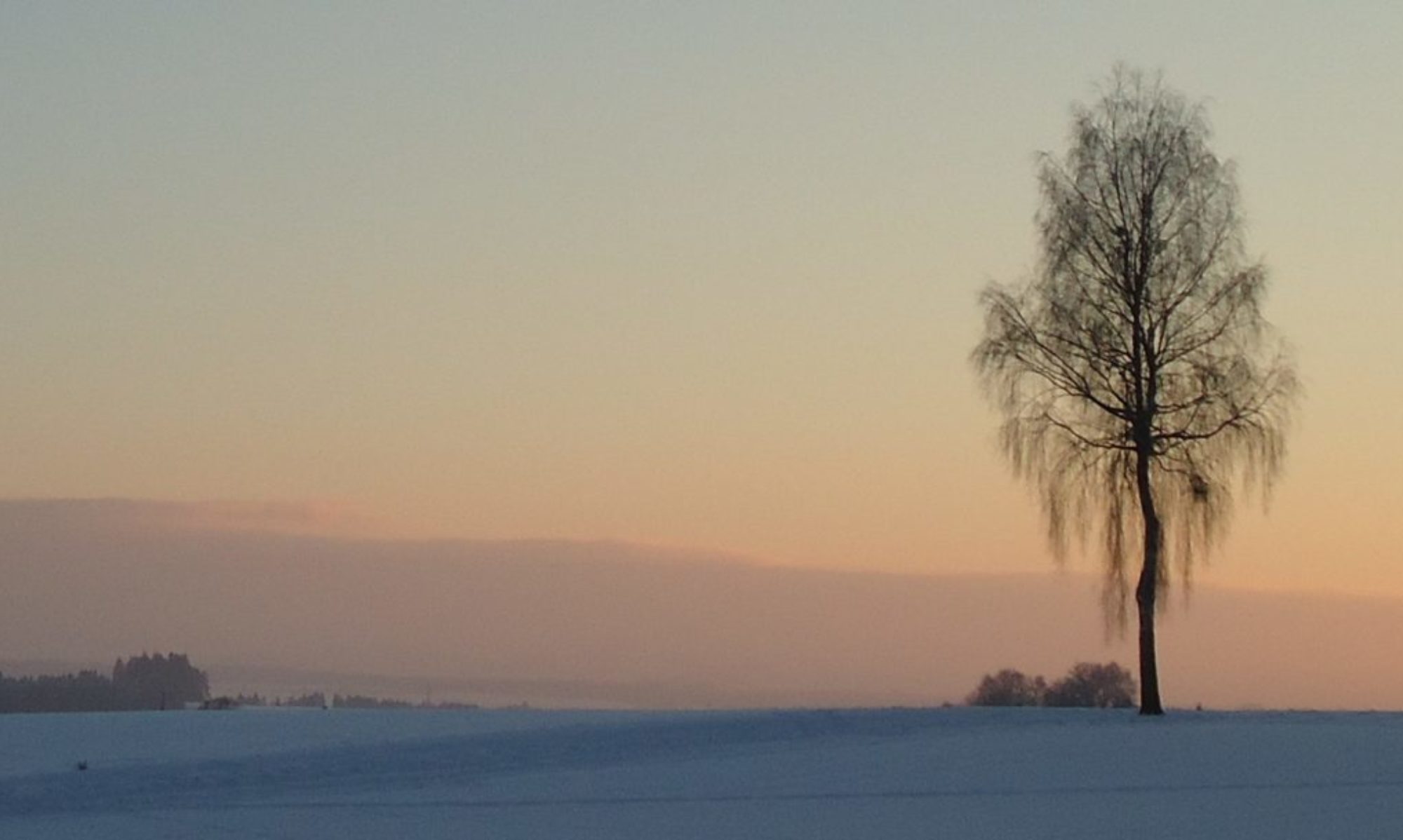Who owns what,
or what owns who?
Do we own our bodies,
or do our bodies own us?
Do we own our feelings,
our memories and thoughts,
or do they own us?
Can we just observe
proprietary notions
as two-way relations?
What I own, owns me.
To dwell in any body,
it needs proper care,
feeding, cleaning, and more.
Also feelings and thoughts
are nurtured and tended
by attention for or against.
Can observing be neutral,
and who or what observes
all the ownership illusions
in our given present lives?
What balances and frees
from owning back and forth
into awakened awareness?
Now, beware of your answers,
lest they may own you!
“Happy gnomes and elves” — a fairy tail dance
Owning “I, me, mine” plus past and future
“As we look, we find that all the beguiling narratives are basically about ‘me’: what I like, what I don’t like, what I want, what I fear, what I hate, what I believe, what I’m like. These I-thoughts are frequent and compelling — just try giving them up for two minutes. We sense that they are being thrown up by some strong motive force like a turbocharged engine. What is behind all this power? It is the belief in a self, in the story of ‘I, me, mine’ that we tell ourselves over and over. We do this to convince ourselves that we are real in the way we imagine ourselves to be. But this self is a fiction. There isn’t actually an entity that corresponds to this fabrication.
To convince ourselves that the imagined self is real, we tell the I-story continuously, using past and future, likes and dislikes, hates and loves, views and beliefs, engaging our deepest emotions to keep us turning on this hamster wheel. It’s not a pleasurable or satisfying habit.”
Memory, past, future, and the present
“We have this peculiar faculty called memory. Memory retains and stores up fragments of what consciousness experiences; then we build all kinds of concepts around these fragments. We call that the ‘past’ and believe that it’s real. Extrapolating from some selective elements of memory, we imagine that certain things will happen at some other time. We call that the ‘future’, and we believe that it’s real. But past and future are only concepts. They don’t truly exist. The past is gone and the future hasn’t arrived. What is real is the present moment. Body and consciousness are real, and so are thoughts and feelings. [They] are real and present. But there is nowhere behind us called the ‘past’ and nowhere in front called the ‘future’. When we remember something from the past or imagine something in the future, in either case it is a thought in the present moment.”
— Guy Armstrong, Emptiness: a practical guide for meditators, pp. 61 and 78-79
Nature, beauty, life, and love will not be owned nor own!

May we all rest in peace! Why wait till we’re dead?
(inspired by Joseph Goldstein — public talk in Bern, Switzerland — August 2025)




